White Willow Bark Extract: Nature’s Ancient Answer to Modern Discomforts
1. What is White Willow Bark Extract?
White Willow Bark Extract (Salix alba) is a bioactive botanical derived from the bark of the white willow tree. Historically revered as “nature’s aspirin,” its primary active constituent, salicin, undergoes metabolism to salicylic acid, delivering analgesic, anti-inflammatory, and antipyretic effects. Unlike synthetic NSAIDs, it offers a gentler, time-released action, making it a cornerstone of evidence-based phytotherapy.
2. Source, Chemistry & Specifications
Botanical Source: Salix alba L. (Salicaceae family)
Key Active: Salicin (typically standardized to 15-25%)
CAS: 138-52-3 (Salicin)
MF: C₁₃H₁₈O₇
MW: 286.28 g/mol
EINECS: 205-331-3
Appearance: Fine, hygroscopic powder; light tan to off-white
Solubility: Soluble in water, ethanol; insoluble in non-polar solvents
3. Defining “Best” White Willow Bark Extract: Key Criteria
The optimal extract balances bioactive potency, safety, and regulatory compliance:
Standardization: ≥ 15% Salicin content (HPLC-UV validated).
Efficacy (Compliant):
Pain Relief: Inhibits COX enzymes, reducing prostaglandin synthesis (J Ethnopharmacol. 2009).
Anti-inflammatory: Modulates TNF-α, IL-1β cytokines (Phytomedicine. 2010).
Antioxidant: Scavenges ROS via phenolic glycosides.
Origin: Sustainably harvested European or North American Salix alba.
Dosage: 120-240mg salicin daily (EMA monograph). Max 240mg/day.
Usage: Capsules/tablets, functional foods, topical analgesics.
Target Users: Adults seeking natural joint/muscle support.*
Critical Contraindications:
Salicylate allergy or aspirin sensitivity.
Children/teens (Reye’s syndrome risk).
Pregnancy, lactation, renal impairment, anticoagulant use (warfarin interaction).
Side Effects: Rare GI upset at high doses; discontinue if tinnitus occurs.
4. Shaanxi Zhonghong Investment Technology Co., Ltd.: Your Trusted Phytochemistry Partner
As a 28-year innovator in bioactive compounds, Zhonghong integrates cutting-edge science with global supply chain excellence. Our vertically controlled process ensures traceability from raw bark to GMP-certified extract.
Core Competencies:
Deep Extraction Expertise: Supercritical CO₂, ultrasonic-assisted ethanol/water extraction.
Purification: Industrial-scale preparative HPLC, membrane filtration.
Analytical Rigor:
HPLC-DAD/ELSD: Quantification of salicin, salicylic acid, flavonoids.
GC-MS: Residual solvent profiling (ICH Q3C).
ICP-MS: Heavy metal detection (ppb level).
Patent Portfolio: 20+ patents covering novel extraction methodologies (e.g., CN107118222A).
5. COA Specifications: Guaranteed Purity & Safety
| Parameter | Test Item | Specification | Method |
|---|---|---|---|
| Pesticide Residues | Chlorpyrifos | ≤ 0.01 ppm | GC-MS/MS (EU 396/2005) |
| Cypermethrin | ≤ 0.05 ppm | GC-MS/MS | |
| Glyphosate | ≤ 0.1 ppm | HPLC-FLD (AOAC 2008.01) | |
| Heavy Metals | Arsenic (As) | ≤ 1.0 ppm | ICP-MS (USP <232>) |
| Lead (Pb) | ≤ 3.0 ppm | ICP-MS | |
| Cadmium (Cd) | ≤ 0.5 ppm | ICP-MS | |
| Mercury (Hg) | ≤ 0.1 ppm | CVAAS | |
| Microbiology | Total Aerobic Count | ≤ 1000 CFU/g | USP <61> |
| Yeast & Mold | ≤ 100 CFU/g | USP <61> | |
| E. coli | Negative | USP <62> | |
| Salmonella spp. | Negative | ISO 6579-1 |
6. Advanced Production Workflow
Sourcing: Ethically wildcrafted Salix alba bark (EU PEFC-certified).
Comminution: Cryogenic milling preserves thermolabile actives.
Extraction: Dynamic maceration (food-grade ethanol/water, 70:30 v/v).
Concentration: Low-temperature vacuum evaporators.
Standardization: Salicin adjustment via chromatographic isolation.
Spray Drying: Maltodextrin carrier (inlet temp ≤ 180°C).
7. Multisector Applications
Nutraceuticals: Joint health supplements (capsules, gummies).
Cosmeceuticals: Anti-redness serums, soothing creams.
Functional Foods: Pain-management beverages.
Veterinary: Equine osteoarthritis support.
8. Uncompromising Quality Control
Zhonghong’s QbD (Quality by Design) framework exceeds ISO 9001:2015. Every batch undergoes:
Identity Confirmation: HPTLC fingerprint vs. Salix alba reference standard (EMA/HMPC).
Potency Assay: Salicin quantification via validated HPLC-UV (λ=270nm).
Residual Solvents: GC-FID per ICH Q3C (Class 2 solvents < 50ppm).
Stability: ICH accelerated (40°C/75% RH) & real-time protocols.
Our proprietary QC algorithms detect batch-to-batch variability at σ > 1.5, ensuring pharmaceutical-grade consistency.
9. Health Mechanisms & Research Frontiers
MOA: Salicin → Saligenin → Hepatic conversion to salicylic acid → Systemic COX-1/COX-2 inhibition.
Clinical Evidence: Meta-analysis confirms efficacy vs. placebo for chronic low-back pain (Cochrane Database 2016).
Innovation: Nanoemulsion delivery systems enhancing salicin bioavailability (Int J Nanomedicine 2021).
Challenges: Standardizing polyphenol synergies (flavonoids, tannins) beyond salicin.
10. Packaging & Logistics
Primary: Double polyethylene-lined kraft paper drums (25kg net).
Storage: <25°C; 40-60% RH; protected from light.
Shelf Life: 24 months (validated).
Global Compliance: FDA GRAS, REACH, FSSC 22000, Kosher/Halal.
11. FAQ: Addressing Critical Queries
Q: Is this suitable for vegetarians?
A: Yes, entirely plant-derived. Ethanol extraction is non-animal.Q: Typical lead time for bulk orders?
A: 15-25 days post-PO confirmation (MOQ: 25kg).Q: Can you provide salicin 25% + polyphenol complex?
A: Yes – our patented ZH-WB25+ includes synergistic flavonoids.Q: Stability in liquid formulations?
A: Use buffered pH 4.5-5.5; recommend antioxidants (e.g., ascorbyl palmitate).
12. Procure Premium White Willow Bark Extract
Contact Zhonghong Today:
Email: liaodaohai@gmail.com
Web: aiherba.com
Request: COA documentation & FREE 100g SAMPLE (Technical grade available).
Conclusion
White Willow Bark Extract remains a gold-standard botanical analgesic with robust clinical validation. Zhonghong’s fusion of advanced phytochemistry, ISO-certified QC, and global regulatory mastery delivers unmatched extract integrity for demanding nutraceutical, cosmetic, and functional food applications.
References
EMA/HMPC Monograph on Salix spp. (2017)
Chrubasik et al., Phytomedicine (2010)
USP-NF General Chapters <561>, <232>
Zhang et al., Int J Nanomedicine (2021); 16: 5143–5156
Gagnier et al., Cochrane Database Syst Rev (2016); CD004504
White Willow Bark Extract, Salicin Extract, Natural Anti-inflammatory, Plant Extract Supplier, COA Specification

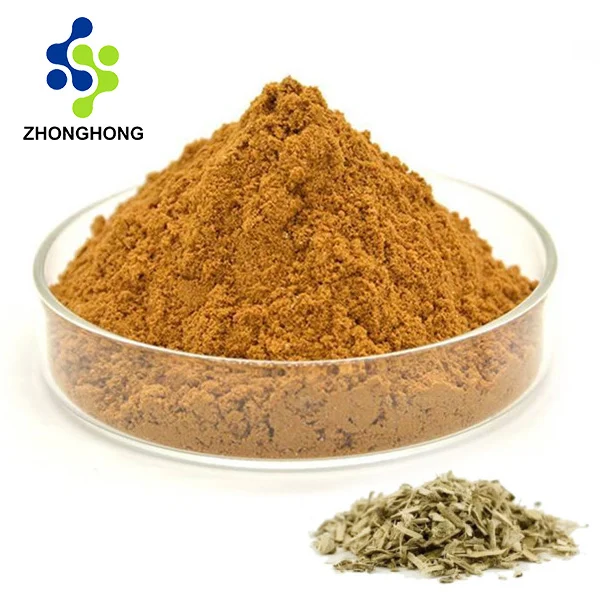
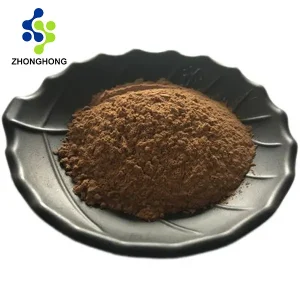
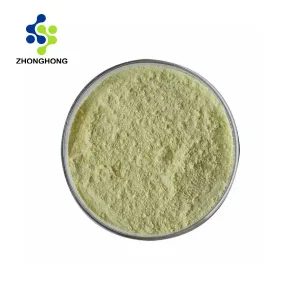
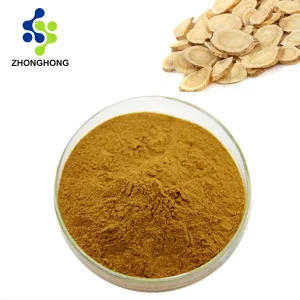
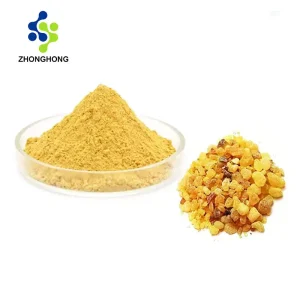
评价
There are no reviews yet.